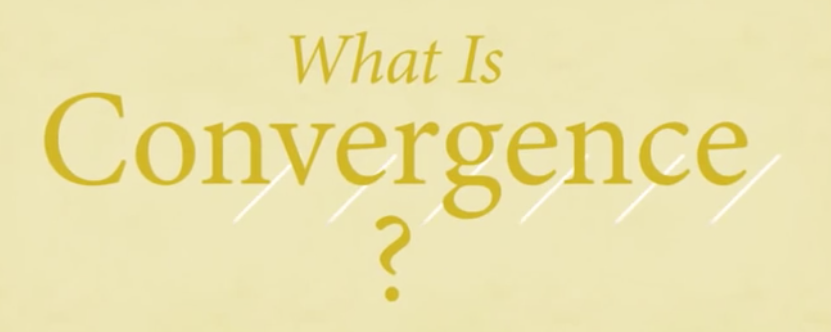Science, Evolution, and Creationism explains the fundamental methods of science, documents the overwhelming evidence in support of biological evolution, and evaluates the alternative perspectives offered by advocates of various kinds of creationism, including “intelligent design.” The book explores the many fascinating inquiries being pursued that put the science of evolution to work in preventing and treating human disease, developing new agricultural products, and fostering industrial innovations.
Our Evolution Collection details the extensive evidence that exists in support of biological evolution, stresses the importance of biodiversity and ecosystem management, and evaluates the alternative perspectives offered by various kinds of creationism. These reports also focus on how science and religion can be viewed as different ways of understanding the world, rather than as frameworks that are in conflict with each other.
Science, Evolution, and Creationism
How did life evolve on Earth? The answer to this question can help us understand our past and prepare for our future. Although evolution provides credible and reliable answers, polls show that many people turn away from science, seeking other …









































